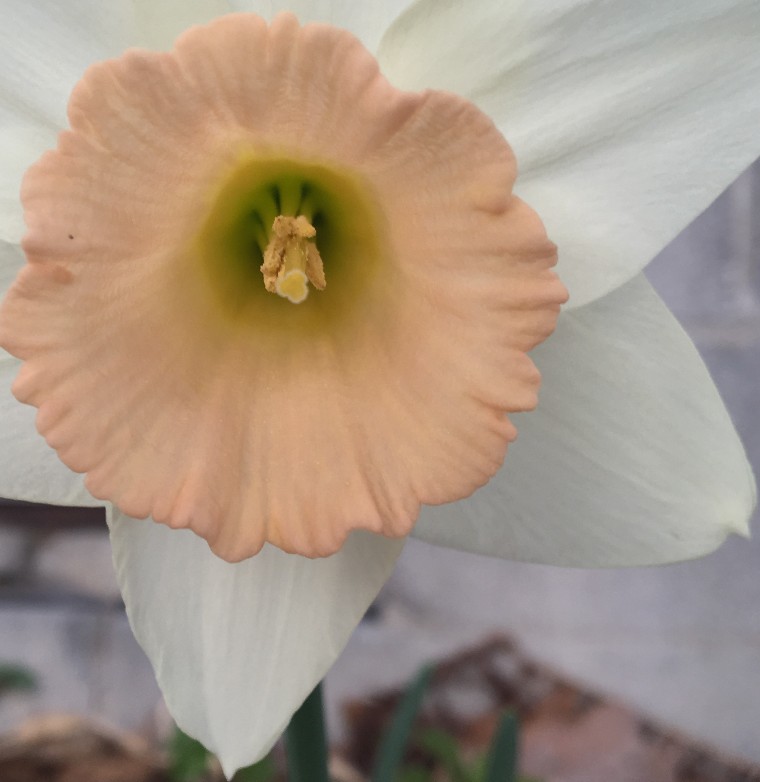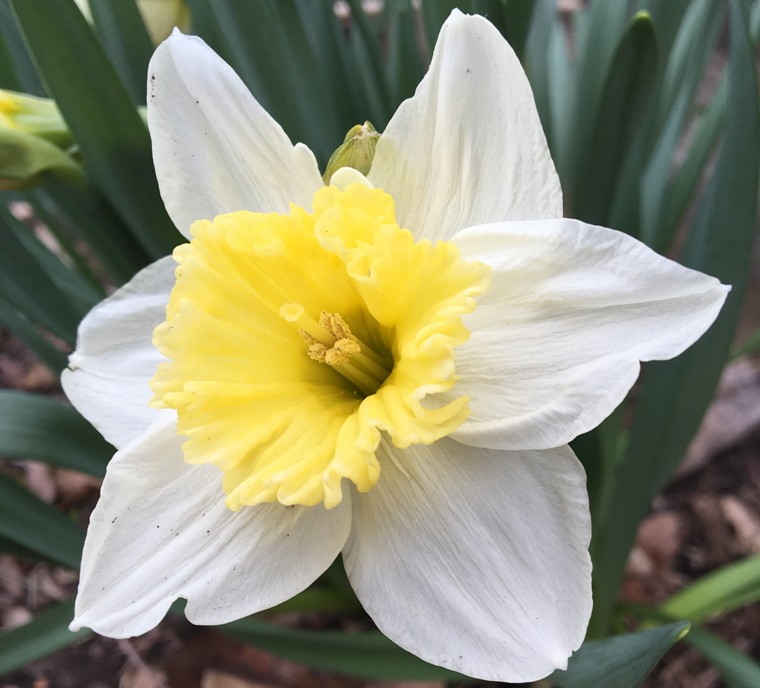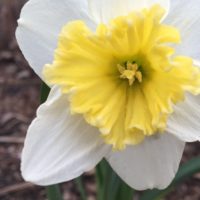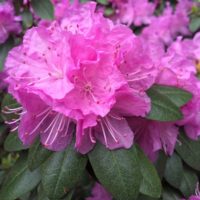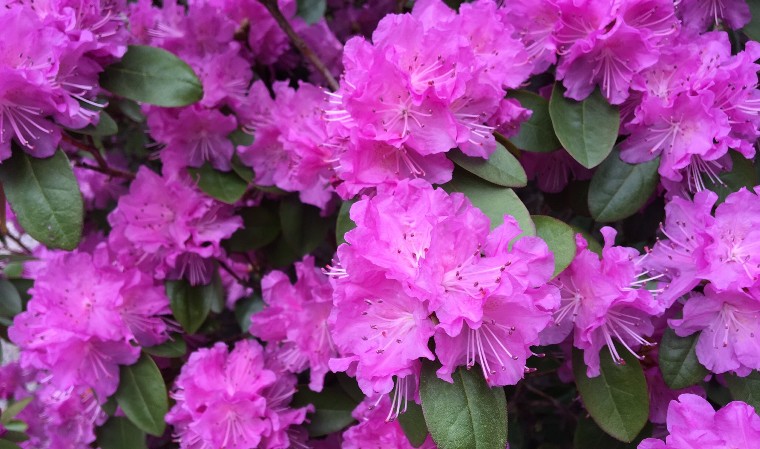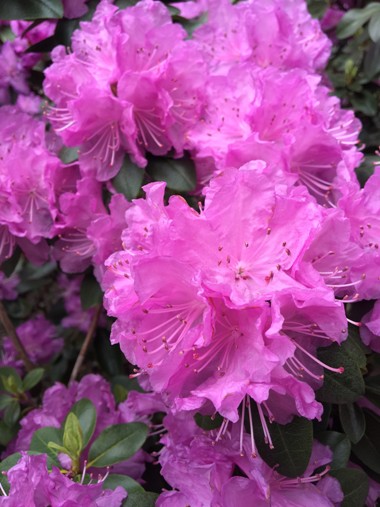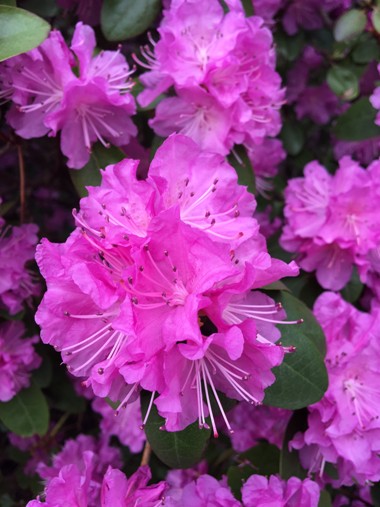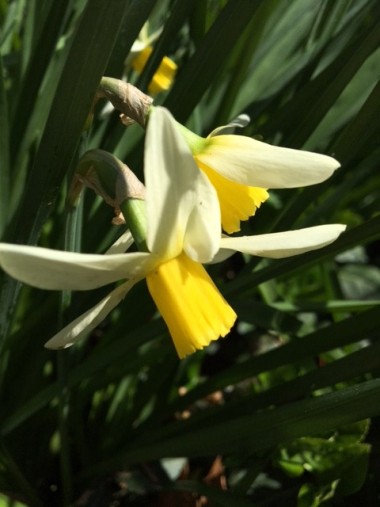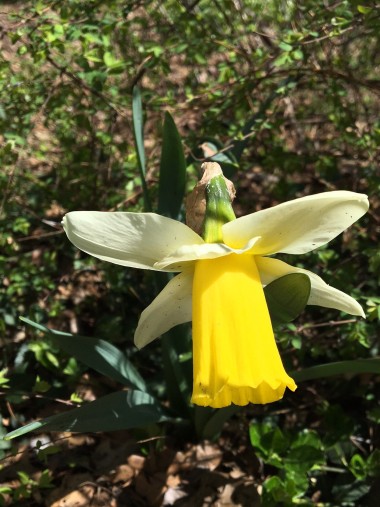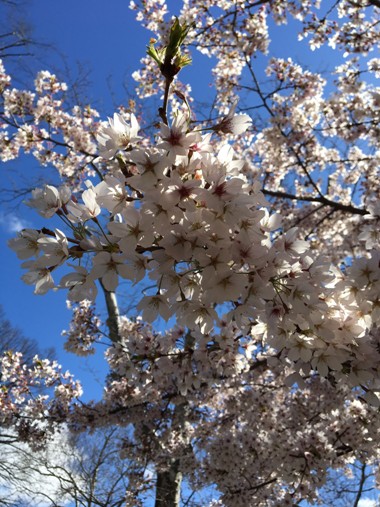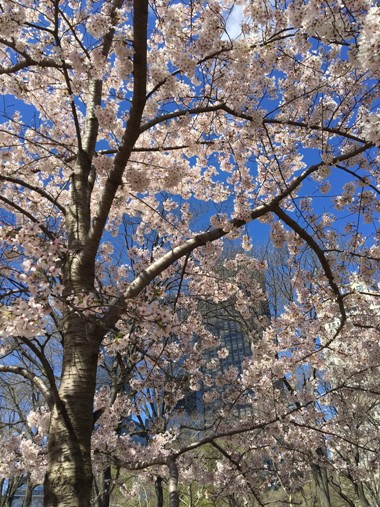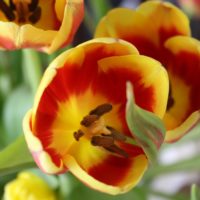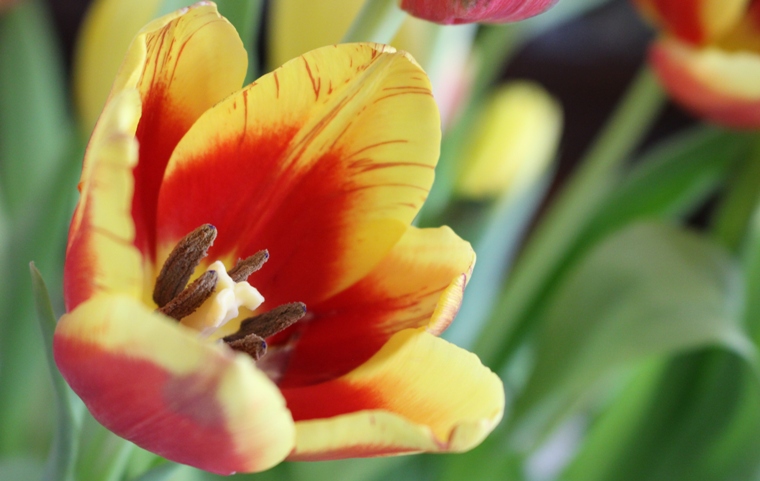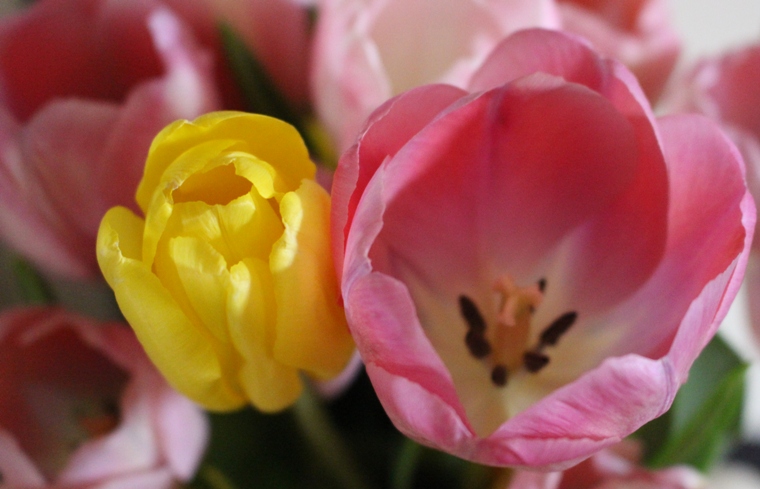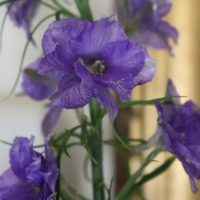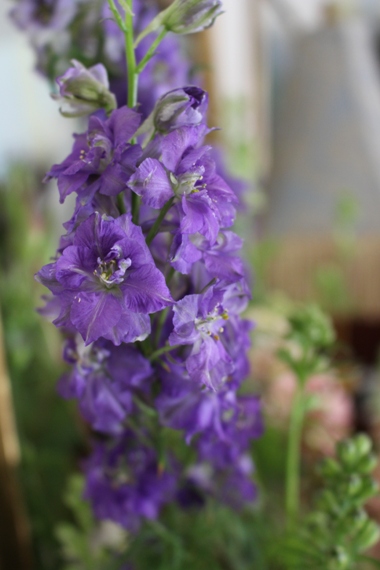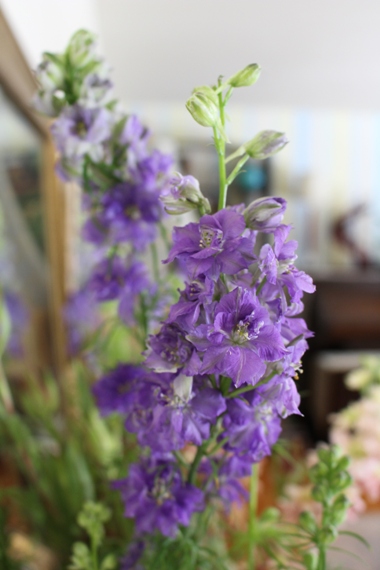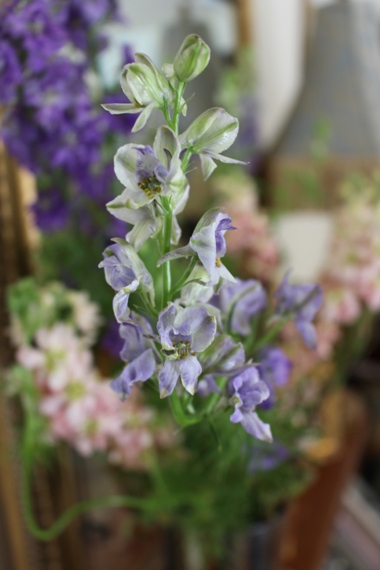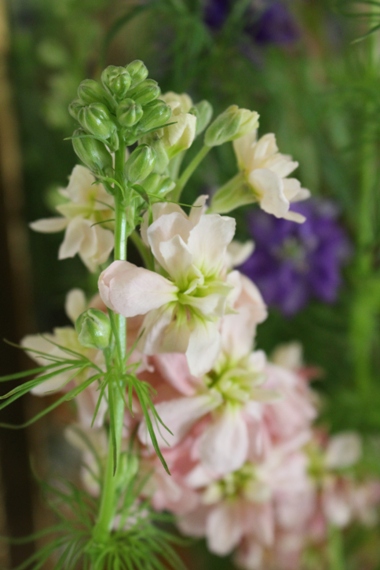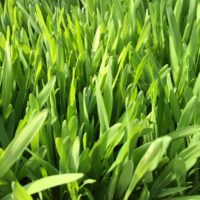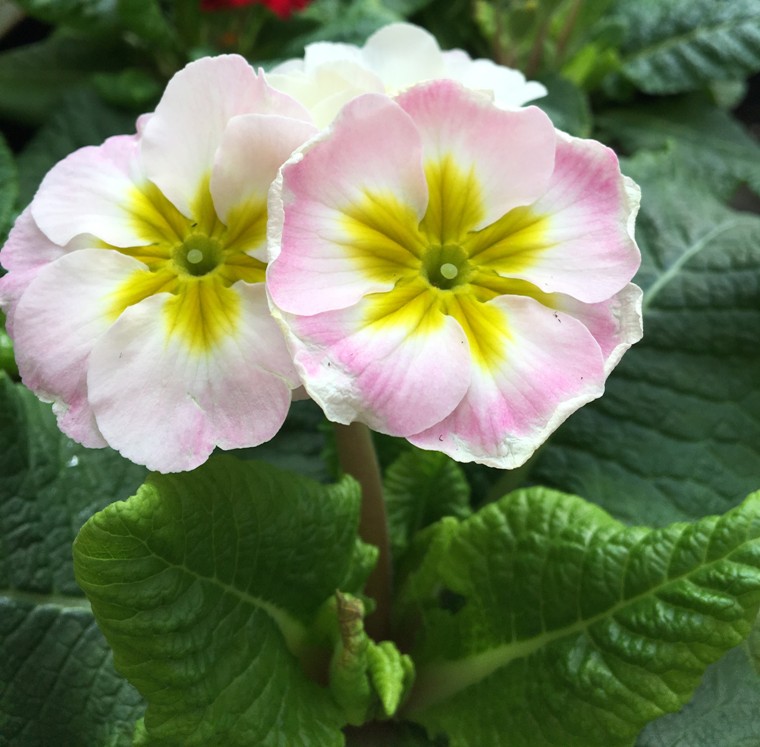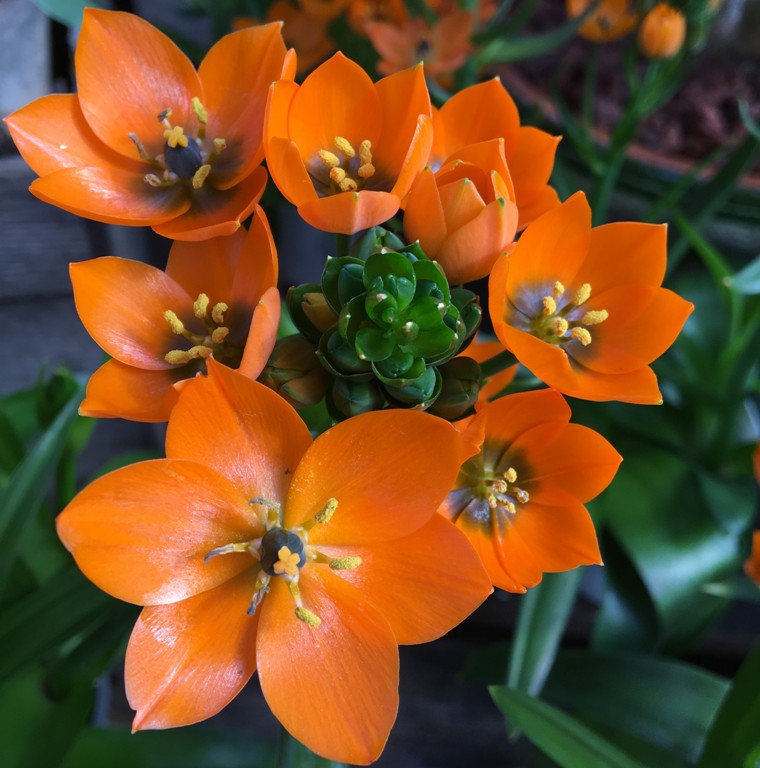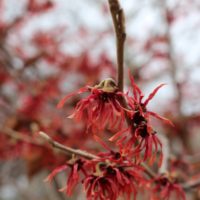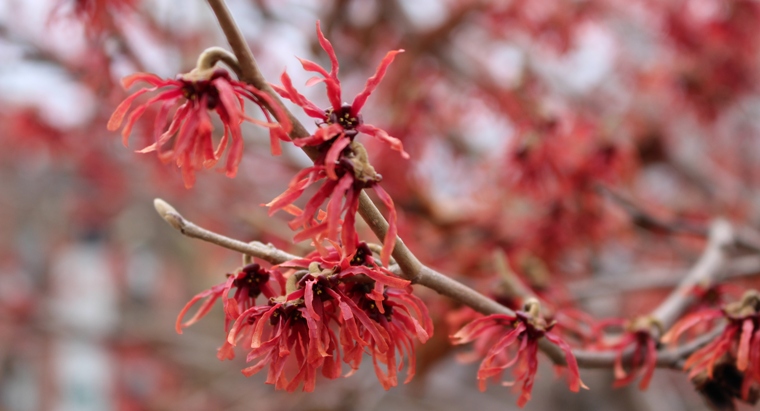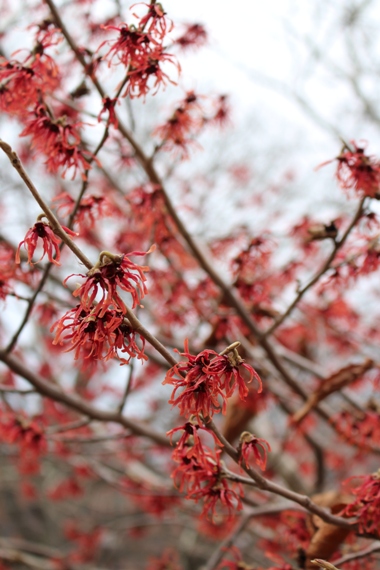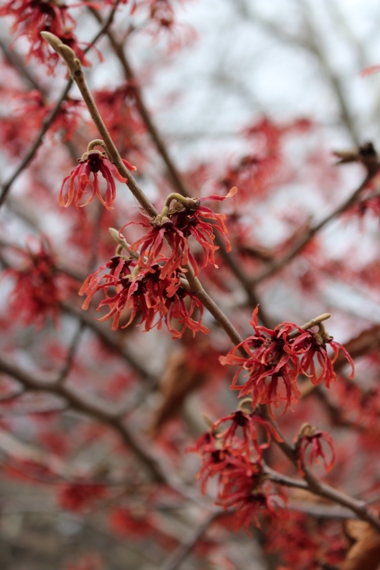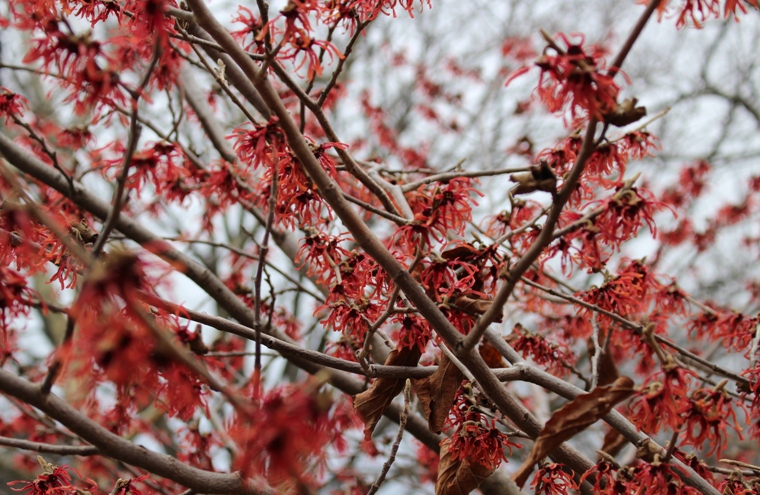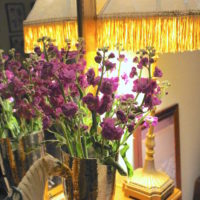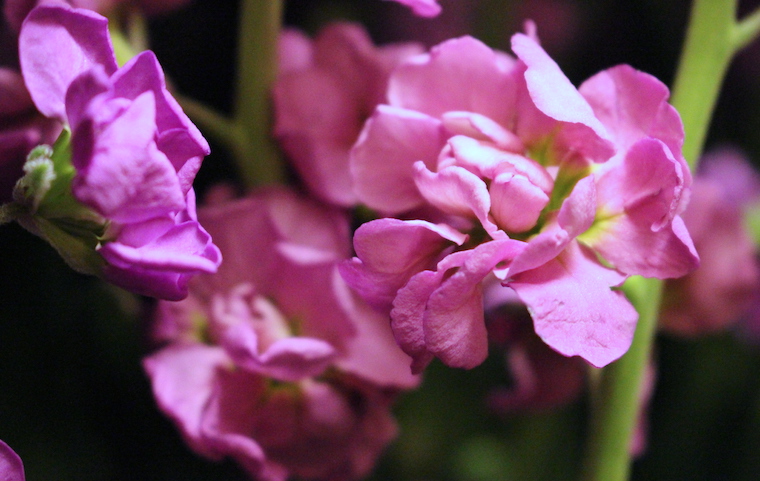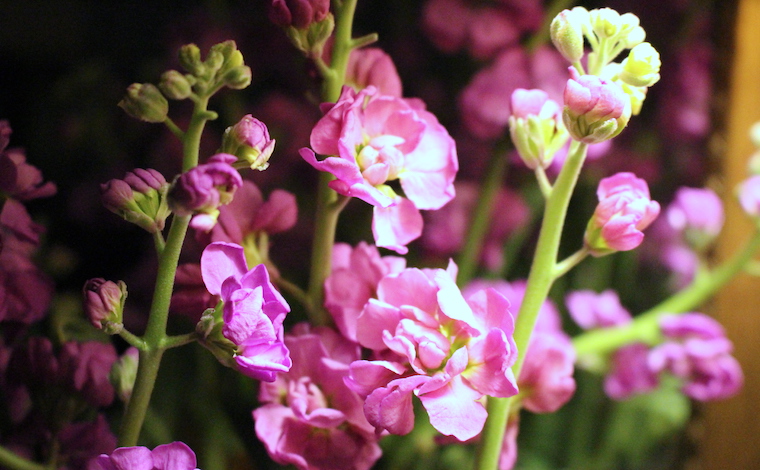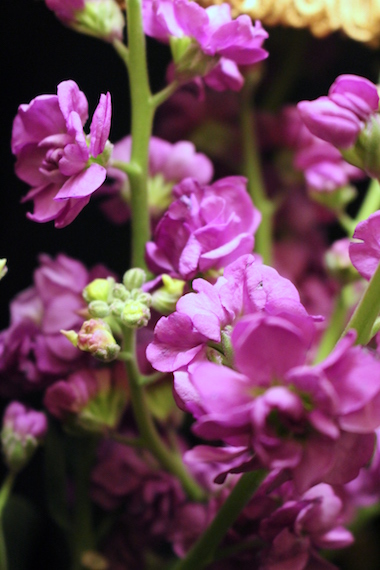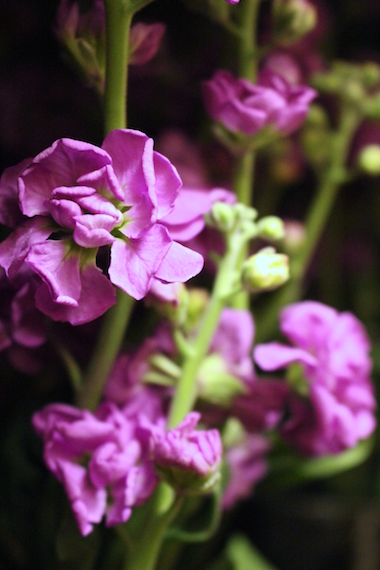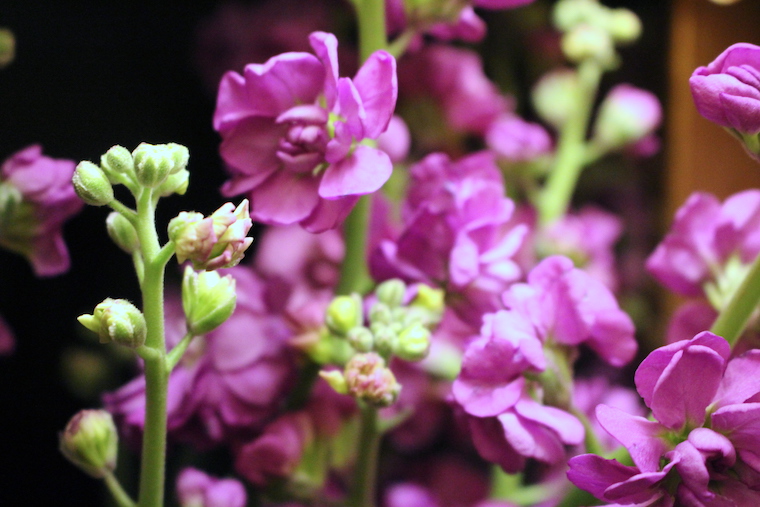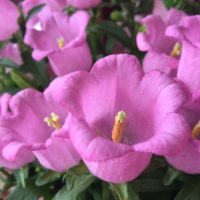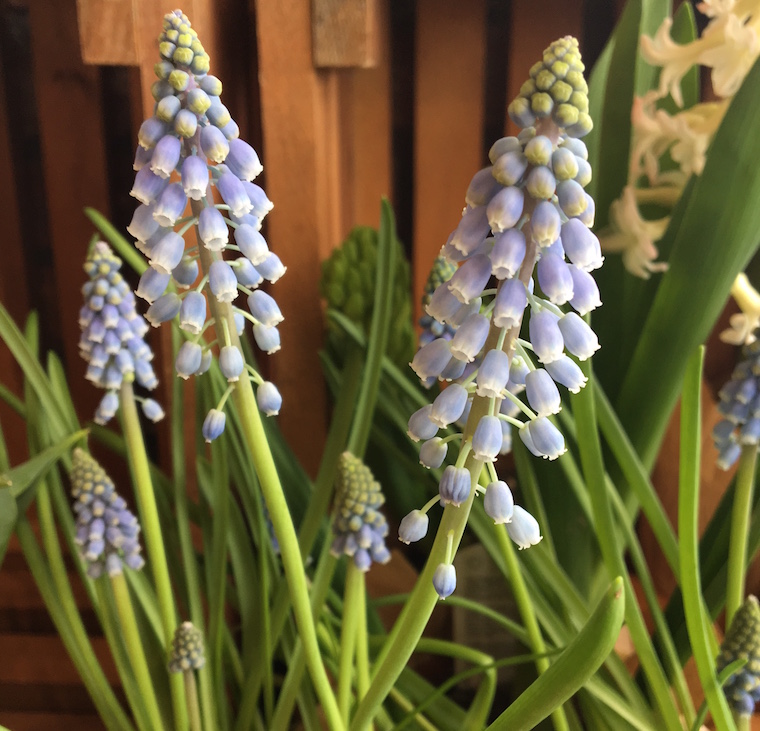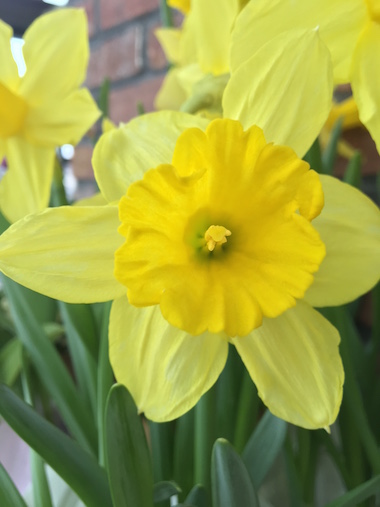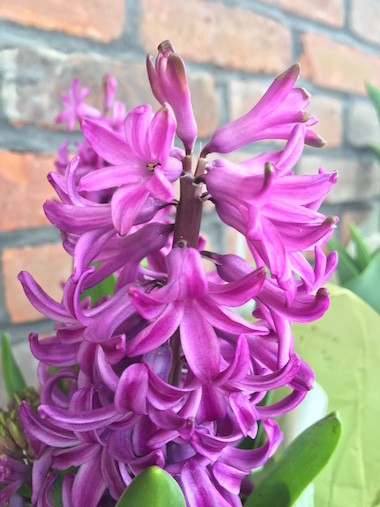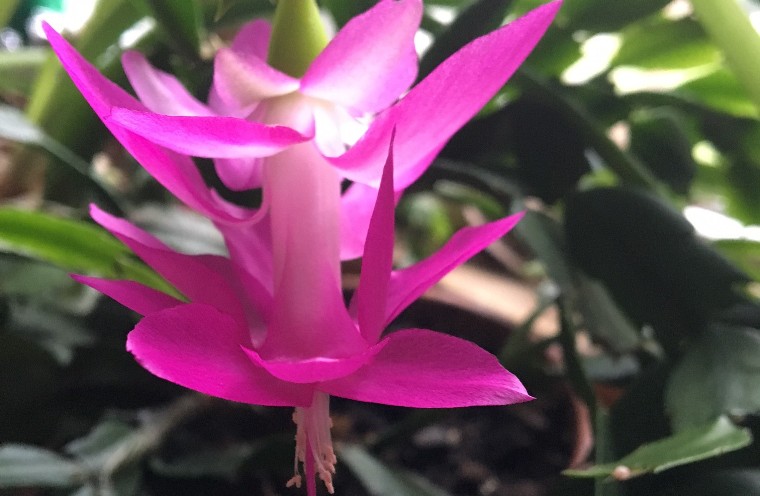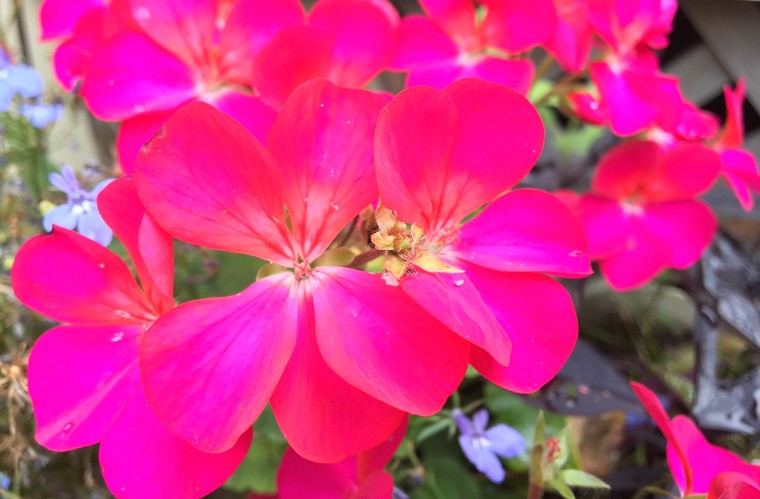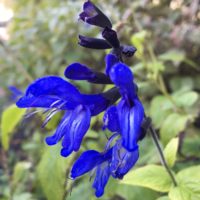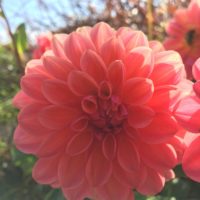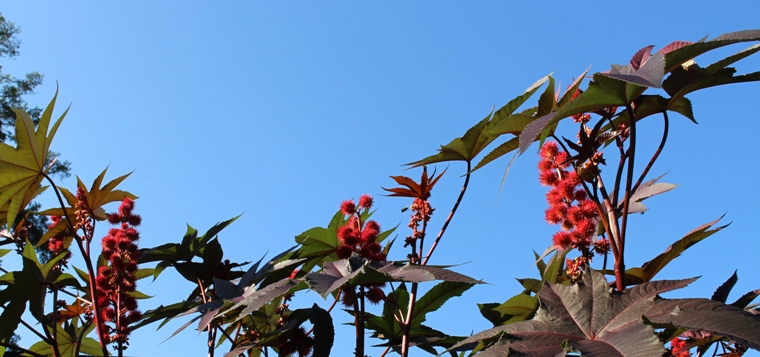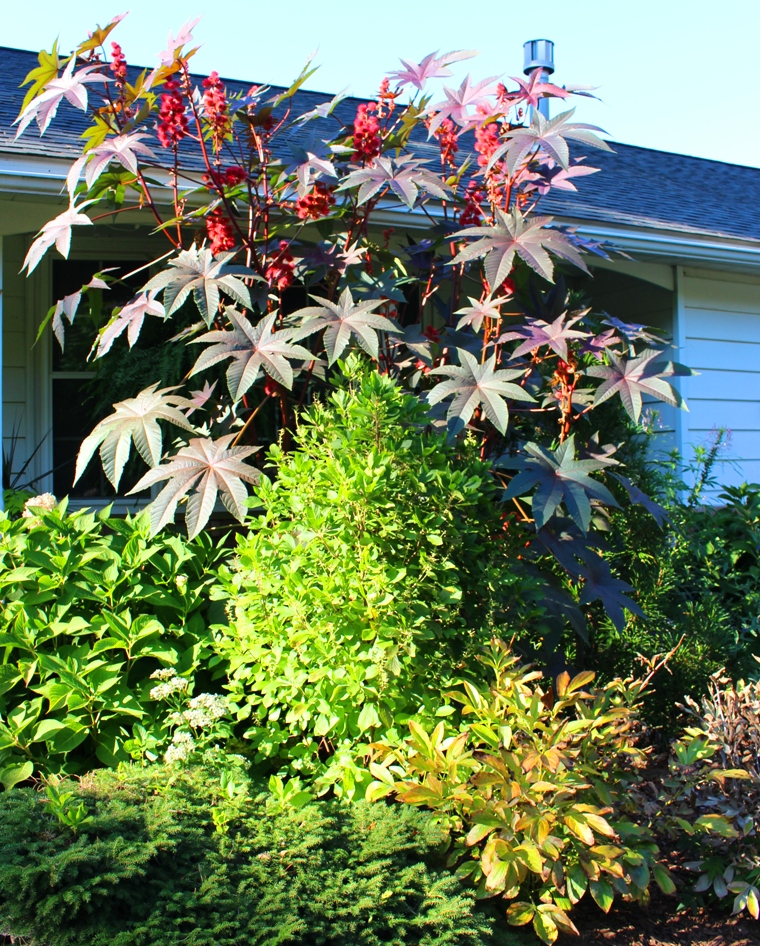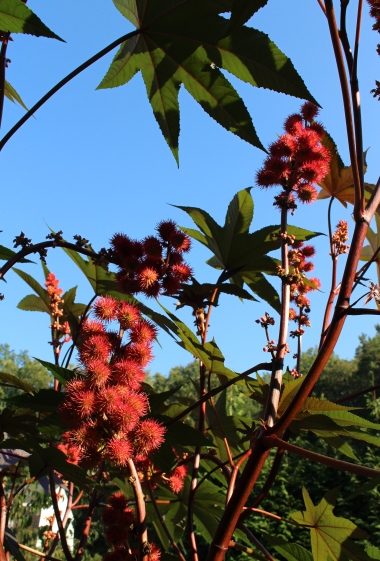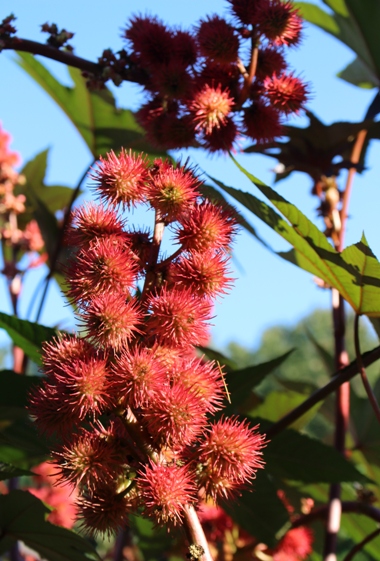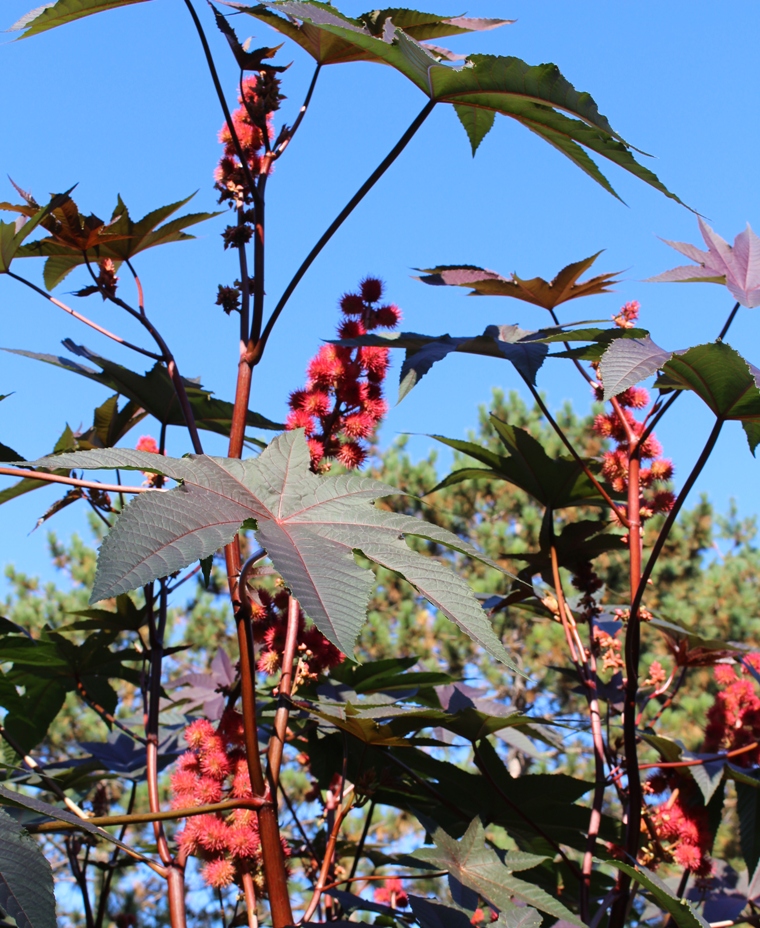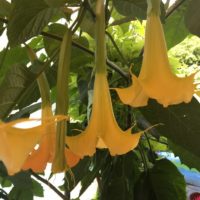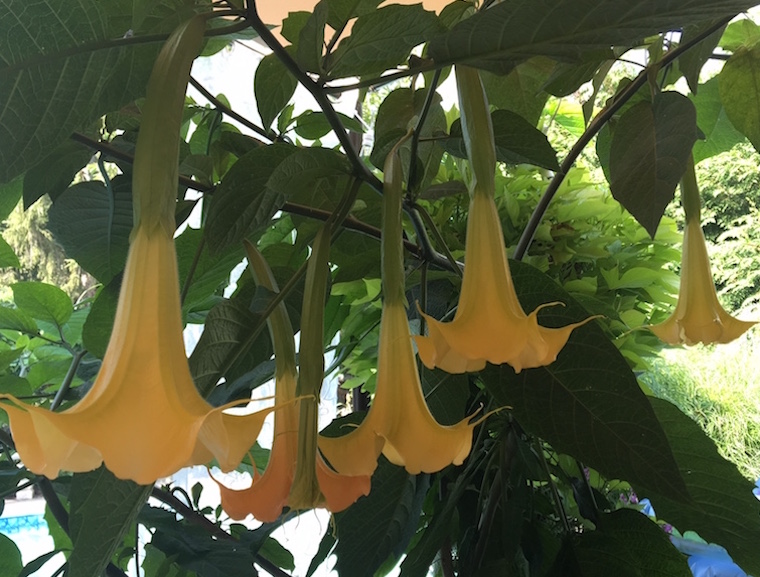The next day dawned in sunny fashion. Oh sweet sun, that which we have not seen in far too long! We had a quick breakfast/brunch near Lincoln Center, did some shopping at Century 21, then meandered through the edge of Central Park, where daffodils and cherries and spring bulbs were in glorious bloom. There was the slightest chill to the air, and a decent breeze, but with all the sun and flowers no one complained. Even some magnolias were getting in on the show, their hints of pink a happy sight to eyes accustomed to the greys of winter.
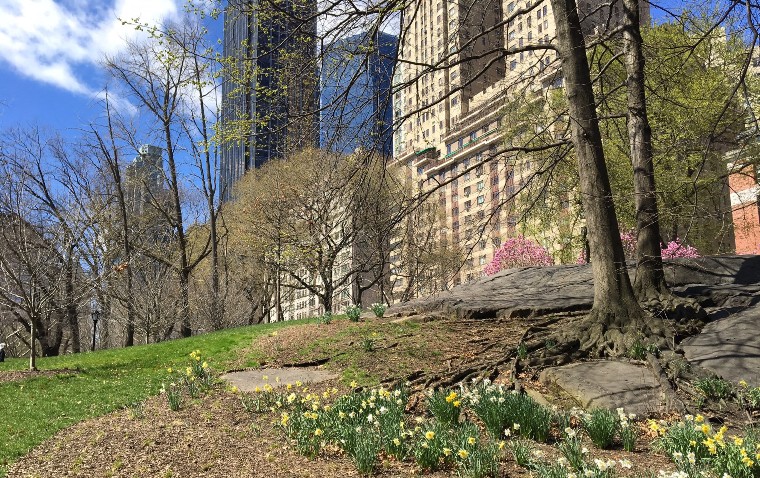
Birds flitted and fluttered around us, lending a chorus of chirps and calls to the bright day. A squirrel ran along the path, saucily looking up as if to demand a treat. All the way, swaths of narcissus nodded their heads, and the world suddenly seemed to turn green all at once. How strange that we had to travel to the city to see it.
Andy took his time walking through the park, with good reason. I’ve never brought him into it any distance because we tend to be here in the wilds of winter or the heat of summer, neither very conducive to a relaxing mosey through the park, but on this day it was perfect.

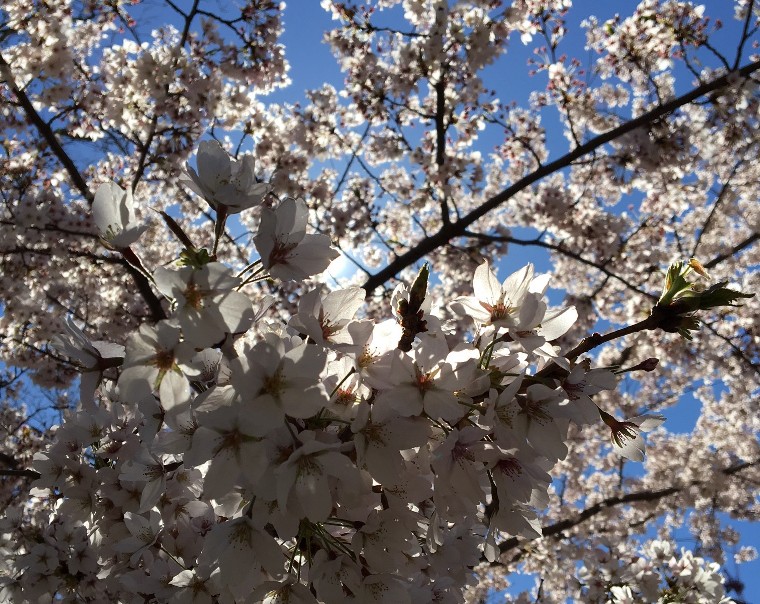
The bonus to it all was a grouping of cherry trees which lowered their branches within arm’s reach. The sun poured through them, illuminating the soft petals and lending further brilliance to the scene at hand.
Cherry trees are the ultimate symbol of spring, and even if we had to travel by train to find it, it was certainly worth it.
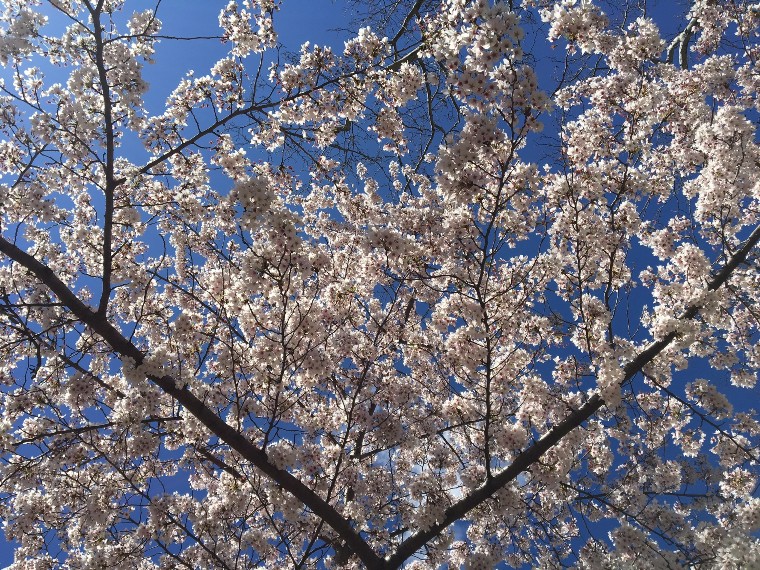
We traversed the southern edge of the park, then headed down 5thAvenue. It was well after noon by the time we neared the Roosevelt Hotel, more than time for a cocktail stop before a quick siesta.
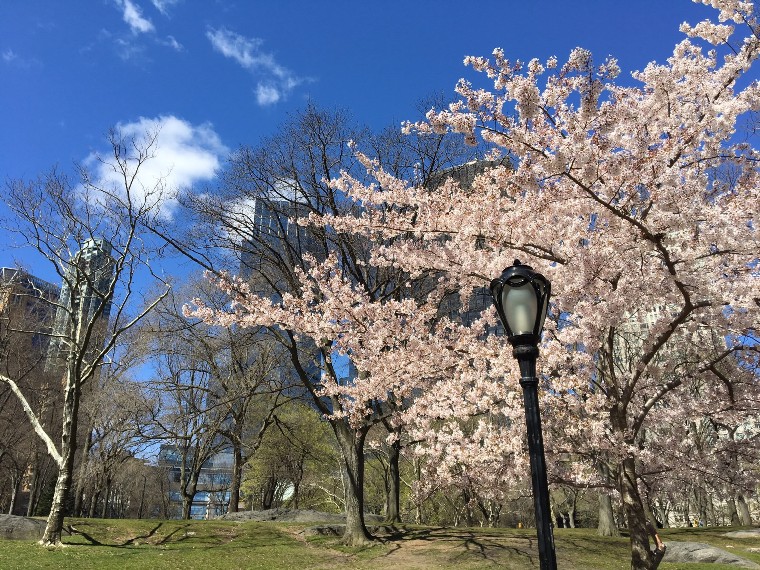
There is no happier place than a comfy perch near a bar and a fancy old-school New York hotel lobby, and we paused here to take in the scene, and a libation. We pause in this mini-narrative as well. Upon our return, we’ll conclude this trip to New York…

